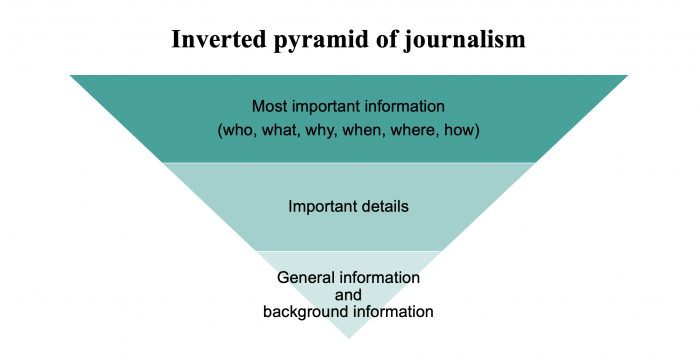
Writing is a quick way – both good and bad – to influence an audience. How you string a sentence together or structure your paragraphs makes all the difference to writing effectiveness – especially if you have to deliver bad news. Businesses are repeatedly exposed for their poor communication choices, and it’s now occurring in the public forum thanks to social media.
Poor writing can be a costly mistake and attract large penalties.
Even when delivering bad news, the way you communicate in writing can be a powerful tool in customer relations. If it’s done well, your customers feel like they’ve been treated fairly. Writing that is devoid of empathy, however, will make your customers and prospects turn away.
So how do you make your business writing more empathetic?

Empathy comes in different forms. How you demonstrate empathy in your writing helps the reader determine whether they should trust you to help them. According to Daniel Goleman, an author and expert on emotional intelligence or EQ, the three types of empathy are:
If your reader is angry, frustrated or disappointed in the customer experience they’ve had so far, do whatever you can to build trust with them. Certain words in your text hurt your ability to make a connection with your readers because they feel like you’re not genuine or you’re hiding behind ‘corporate speak’ or legalese.
Use these words if you want to convince your reader they don’t matter. I suggest you strike them out of your writing altogether.
These words are overly formal, even stuffy, and are not used in normal conversation. As soon as you sprinkle them in your communications, it’s a signal to your reader they’re dealing with someone who is working on behalf of an organisation and is not focused on helping.

Your sentences may contain phrases that lead your reader to believe they’re dealing with a bureaucrat. These include:
Instead of eliminating some of the words, find substitutions to soften the language and make it more relatable.
Replacing bureaucratic phrases with more human language goes a long way to make your reader feel like you’re there to help, not to hinder. Consider making these substitutions:
At first glance, the wording may seem subtle. You want to shift your language from being authoritative to being empathetic. Put things in context of how the situation is being experienced by your reader – not by how you’re experiencing it. And, by all means, eliminate gobbledegook and formal business language. It doesn’t help one iota when emotions are running high, and it helps you become a better writer.
Your customers won’t necessarily know industry jargon. Avoid using jargon or acronyms that might confuse your readers or leave them with a poor understanding of what you’re trying to tell them. Use a jargon grader to help you find common words your audience might find hard to understand.
The words and phrases you use are critical when answering customer complaints. The way you structure your information also helps to deliver a more empathetic connection with your reader. Here are two of my top tips for handling complaints in writing.

Journalists are masters at serving up news, with a lot of detail, and doing it in a way readers find appealing. Unlike business writing which often takes a long time and many paragraphs to get to the point, journalists structure their information to deliver all the key details at the beginning of an article. They don’t hold anything back.
In the first paragraph or two, the whole story is outlined. If it’s compelling, the reader keeps reading. More detail is provided to flesh out the information provided. The end of the story contains basic information or things that need repeating. Journalists know it’s unlikely every person is going to read to the end of a story, so they put the best bits right at the top. Dedicated readers find everything they need.

The inverted pyramid of journalism is designed to capture the reader’s attention and get the most important information at the top of the story.
If you’re writing to deliver bad news or manage the expectations of an angry customer, there are two rules you want to observe in everything you send out.
When dealing with hurt, angry or disappointed people, it’s best to strip your writing back to essential information only. Ditch the authoritative business language and adopt a tone of compassionate empathy. You don’t have to apologise, especially if you’re not wrong, but it costs nothing to let your reader know you understand their feelings. A firm but fair hand in your writing is far more likely to be respected and reduces the need for multiple explanations or even damage control.
If you would like more information about how to help your staff write with empathy or improve their customer complaint communication, get in touch with us at Typeset. We have a number of writing workshops designed specifically to make your writing more effective. We are able to tailor our workshops specifically for your situation. Additional training gives your team confidence in how to approach those difficult situations we’d all rather avoid. You can also register your interest for our next writing masterclass.
